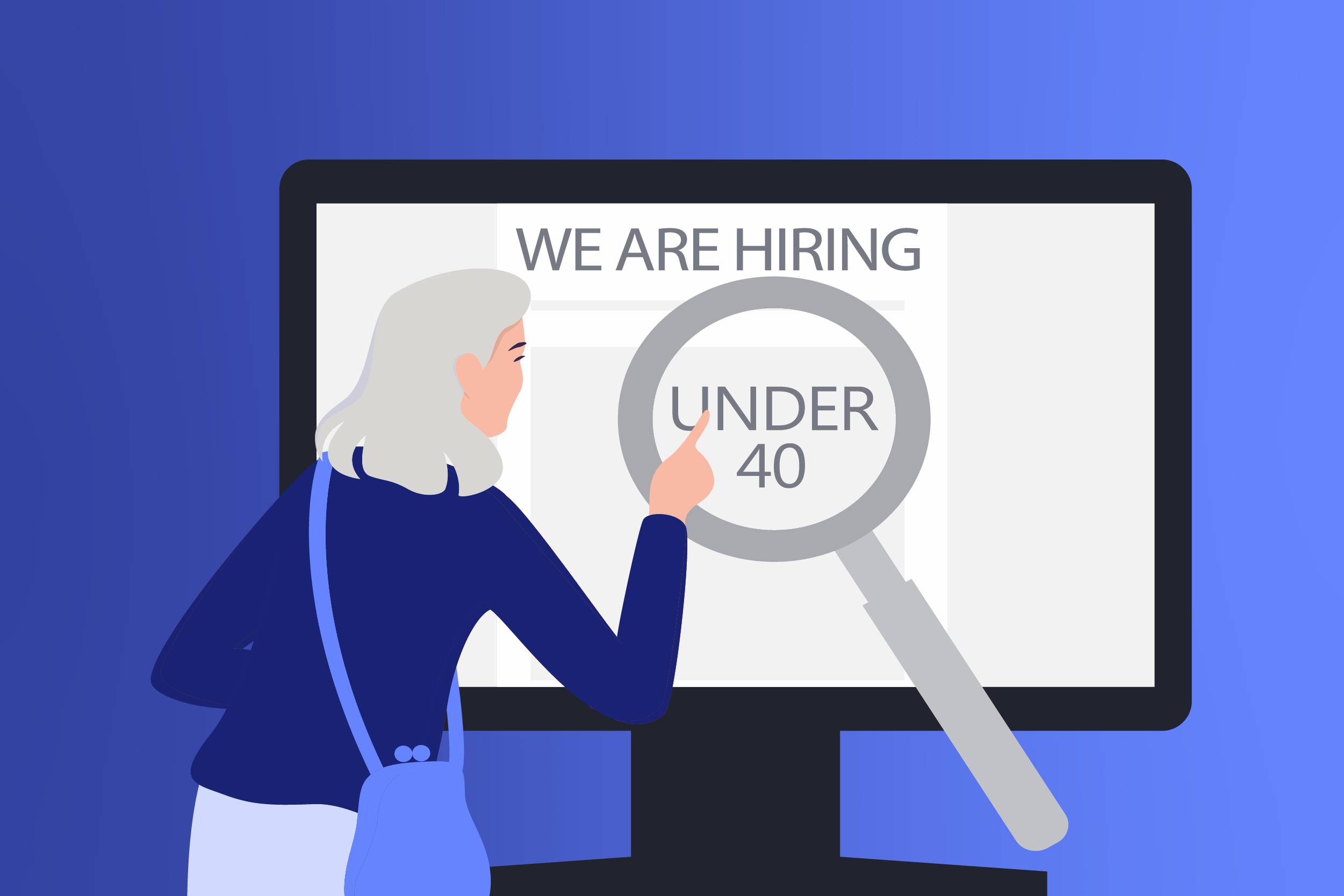

Ageism at Work: Hindrance or Harmony? Exploring its Impact.

Ageism at work refers to the discrimination or prejudice faced by individuals based on their age, whether they are deemed too young or too old to perform certain tasks or hold certain positions. This form of discrimination can have both hindrances and harmonious effects on the workplace, depending on the context and perspective.
One hindrance of ageism is that it can lead to the exclusion of experienced older workers from job opportunities or promotions. Older employees may face stereotypes that they are technologically inept, resistant to change, or lacking in energy and motivation. This bias can prevent them from accessing new opportunities and utilizing their valuable skills and experience. For instance, a study conducted by the Center for Retirement Research at Boston College found that older job seekers face longer periods of unemployment compared to their younger counterparts, indicating the negative impact of ageism on career prospects.
Furthermore, ageism can hinder intergenerational collaboration and knowledge sharing in the workplace. When younger employees are overlooked or disregarded due to their age, valuable insights and fresh perspectives may be lost. Similarly, older workers who are excluded from decision-making processes may miss out on the opportunity to contribute their wealth of experience and wisdom. This lack of collaboration and diversity can hinder innovation and hinder the overall productivity of the organization.
On the other hand, ageism can also have harmonious effects in the workplace. For instance, age diversity can promote a healthy and balanced work environment. A study published in the Journal of Applied Psychology found that age-diverse teams tend to have higher levels of creativity and innovation compared to teams with less age diversity. This is because diverse perspectives and experiences can lead to a broader range of ideas and problem-solving approaches.
Moreover, ageism can also be seen as a way to ensure fairness in certain industries or roles. For example, age restrictions are often imposed in physically demanding jobs, such as firefighting or heavy construction, to ensure the safety and well-being of workers. In these cases, ageism can be viewed as a necessary measure to protect individuals from potential harm.
To mitigate the negative effects of ageism and promote harmony in the workplace, organizations can implement policies and practices that foster inclusivity and equal opportunities for all employees. This can include promoting age diversity in recruitment and retention strategies, providing training and development opportunities for workers of all ages, and creating a culture that values and respects the contributions of individuals regardless of their age.
In conclusion, ageism at work can have both hindrances and harmonious effects. While ageism may hinder the career prospects of older workers and impede intergenerational collaboration, it can also lead to age-diverse teams that foster creativity and innovation. To ensure a harmonious workplace, organizations should strive to eliminate age-based discrimination and create an inclusive environment that values the contributions of individuals of all ages.
Related Posts
© 2025 Invastor. All Rights Reserved

User Comments